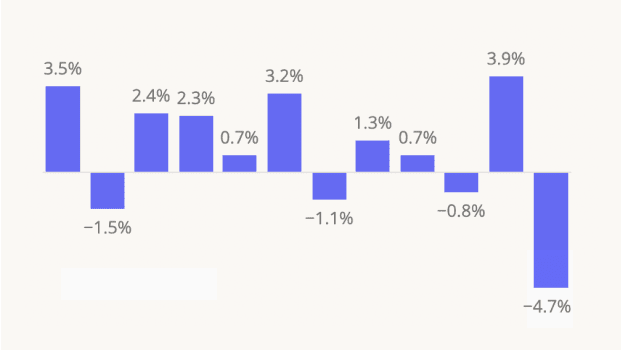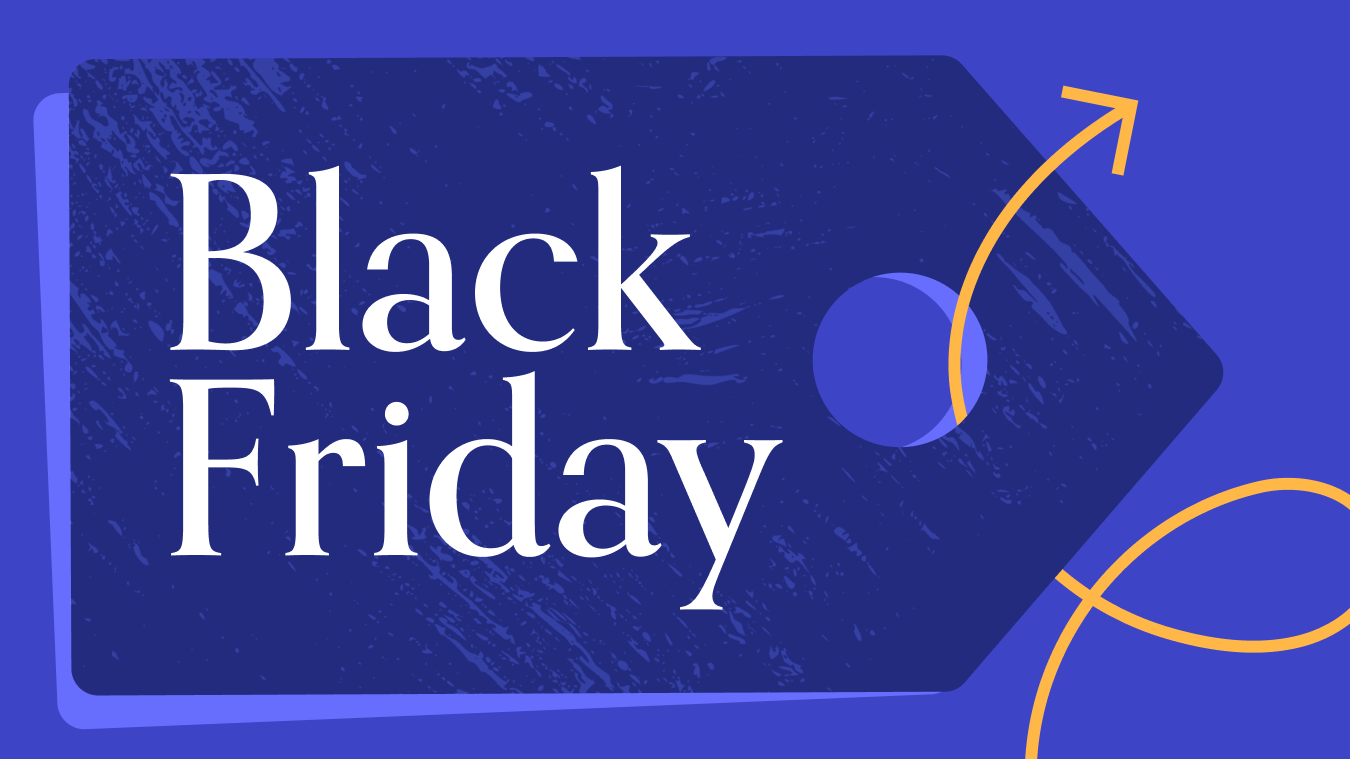A Wait-and-See Approach
Consumer anticipation of potential tariffs on goods in 2025 has varied across retail categories. Some segments allow consumers to plan purchases far in advance, while others require a “read and react” approach. In general, consumers appear to have followed the latter strategy from late April to June 2025, as year-over-year (YoY) foot traffic returned to levels more in line with long-term trends. Still, this may shift as summer progresses.
A Stroller’s Market
One specific category that has been interesting to watch is baby products. Because these purchases are tied to specific life events, they tend to be driven by necessity rather than desire – leaving shoppers with little flexibility to time their buying. At the same time, baby items may face a disproportionate impact from potential tariffs due to their manufacturing sources, giving consumers an incentive to make purchases sooner rather than later.
Against this backdrop, have consumers changed their visit behavior regarding baby products? Data from baby registry Babylist’s physical showroom in Beverly Hills, CA – where customers can test and browse items in person before adding them to a registry – indicates that anticipation of tariffs may indeed be influencing shopping patterns in this space. Starting in April 2025, visits to the showroom began to rise, peaking in May before settling (though still elevated) in June. This trend suggests that new and expecting parents may have pulled forward purchases in order to secure products before potential price hikes, especially on higher-ticket items like strollers, car seats, or furniture.
An analysis of Babylist’s trade area using the STI:PopStats dataset shows that it caters to an affluent demographic: Between January and May 2025, the showroom’s captured market had a median household income of $112.6K, well above both nationwide ($79.6K) and California ($99.3K) baselines. This speaks to the notion that even higher-income consumers could be concerned about future price increases and potential shifts in demand due to tariffs.
Baby Steps at Kohl’s
Kohl’s provides another window into these shifts. Last fall, Kohl’s launched Babies”R”Us shop-in-shops across nearly 200 locations to expand its assortment and attract and retain shoppers. In our analyses of the program during the first few months post-launch, there hadn’t been much improvement in visitation trends compared to the total store fleet – and for most of early 2025, visits to the stores with Babies”R”Us underperformed the chainwide average.
However, in May and June 2025, Kohl’s locations featuring Babies”R”Us outpaced the chainwide YoY foot traffic. While overall visits were still down, these specific stores saw smaller declines than their counterparts.
One possible factor behind this trend may be the demographic mix at Kohl’s with Babies”R”Us. These stores draw more family-oriented visitor segments – such as Wealthy Suburban Families, Upper Suburban Diverse Families and Near-Urban Diverse Families – than the overall Kohl’s fleet. The family orientation of the Kohl’s + Babies”R”Us stores and the potential focus on the baby category in the midst of potential socioeconomic changes may have combined to help improve the trend at these sites.
Change Ahead
How should retailers that carry baby items respond? The baby category is poised to be greatly disrupted due to potential tariff implementation and price increases are likely to hit store shelves. Consumers, for their parts, are clearly aware of potential cost changes and are reacting quickly to adjust their retail behavior. Retailers will need to continue to communicate value and product knowledge to shoppers, especially first-time parents. And creative problem solving will be critical to maintaining product assortment and quality for shoppers over the months and years to come.




.svg)





.png)
.png)

.png)
.png)









